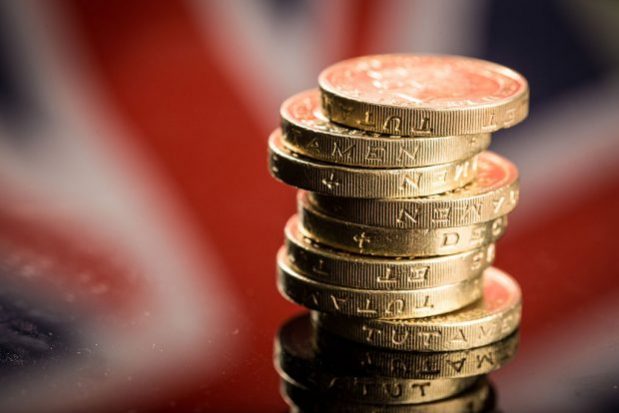Once, after a few too many sherbets, I tipped the pizza delivery man with my supermarket trolley token instead of a pound coin. It was a genuine mistake but I still feel guilty.
Tomorrow sees the introduction of the new 12-sided pound coin, forcing a root-and-branch overhaul of supermarket trolleys, vending machines, parking meters and anything else that requires a perfectly round pound coin to operate. The launch will also presumably result in bins full of defunct charity tokens, mine included.
While businesses have had three years to prepare for the switch, many are still lagging behind. Tesco has admitted that 200 of its supermarkets haven’t adapted their trolleys to the new coin. This means that trolleys will be free to use until the retail giant gets its act together. Meanwhile, 15 per cent of vending machines have yet to be converted – that equates to around 75,000. Tomorrow’s mid-morning Mars bar may be off the agenda.
The government says a new coin is necessary to deter fraudsters. Apparently, the existing pound coin is relatively easy to fake. Around 3 per cent of the pound coins in circulation — some £47 million — are thought to be counterfeit. And that’s after two million fakes are taken out of circulation each year.
So a change is long overdue. But what of the pound coin? It was introduced in 1983, replacing the pound note. In that year a woman was Prime Minister and a man better known for his entertainment career than politics was President. So, you know, things were different.
Since then, people have stashed them away in piggy banks, rolls of coins and in jam jars. I suspect there is also a substantial sum stuck down the nation’s sofas and under car seats. The good news is that you have until October 15 to spend them – or, if you prefer, funnel them into a bank of building society savings account.
MoneySavingExpert reports that some banks and building societies will accept the old £1 coin after October 15, but only from their own customers. So if you’re left with old pound coins after the deadline, you may need to open an account with a new provider and deposit them there if your current bank won’t play ball.
Oh, and don’t forget that the old £5 note will cease to be legal tender on May 5. However, MoneySavingExpert advises that, as banknotes are produced by the Bank of England and not the Royal Mint (which produces coins), after May 5 the old fiver is covered by the Bank’s ‘buy back guarantee’. You’ll be able to exchange old £5 notes with the Bank of England in London, in person or by post (at your own risk). In addition, many banks and building societies say they will accept the old fivers from their own customers.
And if you’re wondering what to spend your last £1 coin on, take a moment to reflect on research from Poundland. According to the retail chain, a third of us would purchase chocolate. But 8 per cent insisted they would buy toilet roll. Make of that what you will.
Helen Nugent is Online Money Editor of The Spectator






Comments